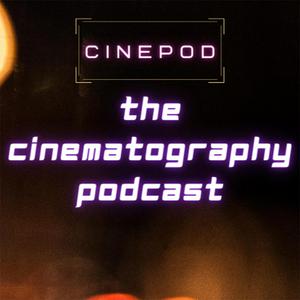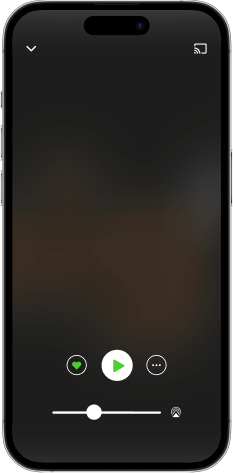Alien: Earth director/DP Dana Gonzales reimagines a classic
The Cinematography Podcast Episode 324: Producer, Director, DP Dana Gonzales, ASC
Dana Gonzales, ASC is a producer, director, and cinematographer known for his collaborations with visionary showrunner Noah Hawley on projects like Fargo and Legion. Dana has once again partnered with Hawley to bring the iconic sci-fi horror franchise to television with FX's Alien: Earth. Dana shares insights on his creative process, the challenges of honoring a cinematic legacy, his career path and the future of the industry.
For Dana and Hawley, tackling the Alien universe was a formidable task. “You're taking on some strong material,” Dana explains. “The reason we're reimagining it is because it is so popular and loved and people want to see more.” The goal wasn't just to produce a new chapter, but to recreate the visceral feeling of the original. The team deliberately leaned into the aesthetic of the first two films, going so far as to create near-exact replicas of the original Alien spaceship Nostromo's sets for the new Maginot spacecraft.
While the Xenomorph has become a familiar alien over nine films, Alien: Earth adds five new and dangerous creatures. The Xenomorph has its own story arc and development throughout the show. The new, eight-hour narrative format allows for a deeper exploration of the story and characters. “Not everyone has seen Alien that's seeing Alien: Earth,” Dana notes. The goal is to to tell a story that works for both new and existing fans. "As we go down the road, things will be different, we'll make different choices,” he adds. “But the key is to try to honor the original work. I feel like the audience depends on it. Episode 1 should feel like episode 8.”
Dana and Hawley's deep respect for the source material extends to their technical approach. They wanted to capture the original film's sense of existential dread, a feeling heightened by the decision to have the ship crash on Earth. This plot point dictated Dana's plan for the camera work, with little coverage and long takes. They frequently stayed in a two-shot to maintain intimacy and tension. To further evoke the feel of the original, Alien: Earth was shot in 2.3:5 anamorphic, a first for the FX network.
Hawley directed episodes one and five, with Dana serving as cinematographer to establish the look of the show. Dana stepped into the director's chair for episodes two, three, seven, and eight. “We can have honest conversations about what we want to do with these episodes,” Dana says. "We have a similar aesthetic.” Dana is also an executive producer on their joint projects, acting as a “creative executive producer” on set. In this role, he preps each episode, serves as the on-set decision-maker and manages second unit photography, ensuring the overall creative vision is maintained.
The trust between Dana and Hawley is a fundamental part of their collaboration. They begin by building the world, finding images and discussing the story arc. This partnership, which began on Fargo, has evolved into a creative shorthand. “Noah is the creator, he knows what he wants to do,” Dana shares. “Our shorthand, we get to what the shows will look like and feel like in a very organic way in a few conversations.” Hawley's support allows Dana to push creative boundaries. “One of the most attractive things about this collaboration is that he's got my back and I could push things creatively,” he says. “I try things, I throw it out there, I do whatever. And I think he comes to expect that and likes that.”
Dana first moved from cinematographer to director on the show Pretty Little Liars. As a cinematographer, he had strong ideas about camera placement and perspective, which he felt were central to storytelling. On directing, he advises, “You have to do the first one and you have to make mistakes.” Dana believes that a background as an episodic DP provides a unique advantage for directing. “As an episodic DP, you already understand working with different people,


